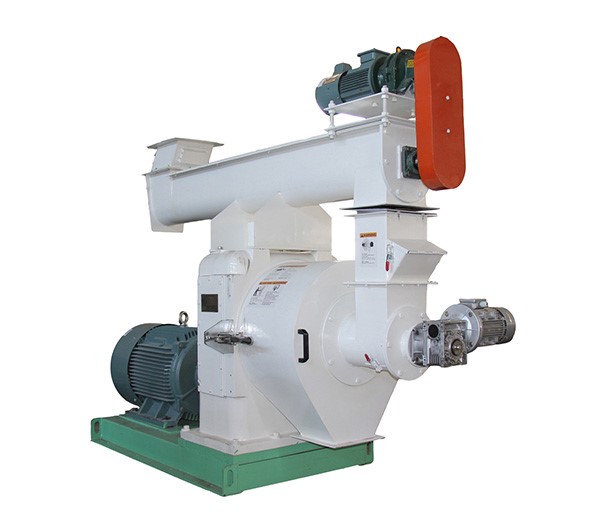Welcome to Rongda Machinery Co., Ltd
Toggle Navigation
As modern industries face growing demands for both productivity and environmental responsibility, biomass pellet machines are gaining recognition as a clean and efficient energy solution. These innovative systems compress agricultural residues, wood scraps, and various biomass materials into compact, high-energy pellets—offering a sustainable alternative across multiple sectors. Here are some prominent areas where biomass pellet machines are making a significant impact:

In the agricultural sector, these machines convert materials like crop stalks, rice husks, and field residues into valuable biofuel. This not only helps reduce open-field burning and related pollution but also generates additional income for farmers. The resulting pellets can serve dual purposes: as a clean-burning energy source or as nutrient-rich organic fertilizer to enhance soil health.
Biomass pellets are increasingly used to fuel industrial boilers, replacing traditional fossil fuels like coal. Compared to conventional options, these pellets produce significantly fewer sulfur and nitrogen emissions, helping companies lower their environmental impact while also cutting energy costs. Their use supports compliance with stricter emission standards without compromising operational efficiency.
In colder climates, biomass pellets are gaining popularity as a home heating solution. When used in pellet stoves or heating systems, they provide a cleaner, safer, and more environmentally friendly option compared to conventional firewood or gas. This method offers reliable warmth without introducing indoor pollutants or unpleasant odors.
Beyond energy production, biomass pellet machines play a vital role in sustainable waste management. By processing unwanted wood, sawdust, and garden trimmings into usable fuel, they help reduce landfill burden and promote circular use of natural resources—aligning well with global conservation efforts.
Biomass pellet machines present a versatile, low-emission energy solution that benefits agriculture, industry, households, and the environment alike. Investing in this technology means moving toward a cleaner, more cost-effective, and sustainable energy landscape.